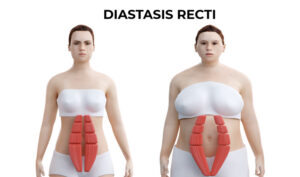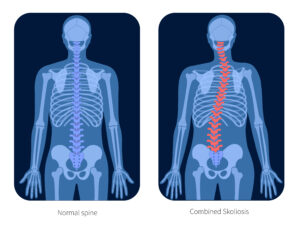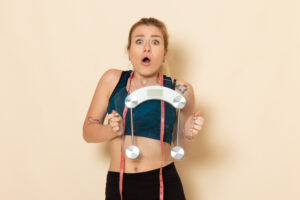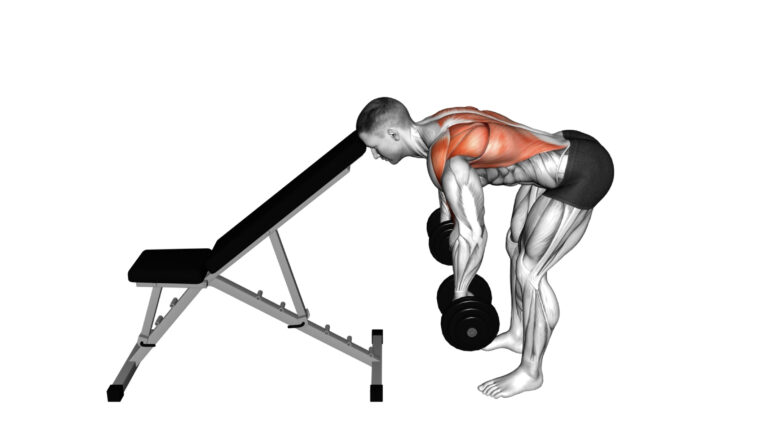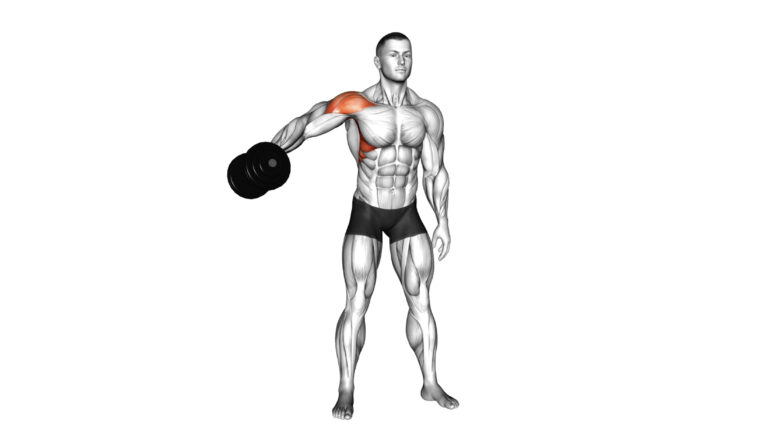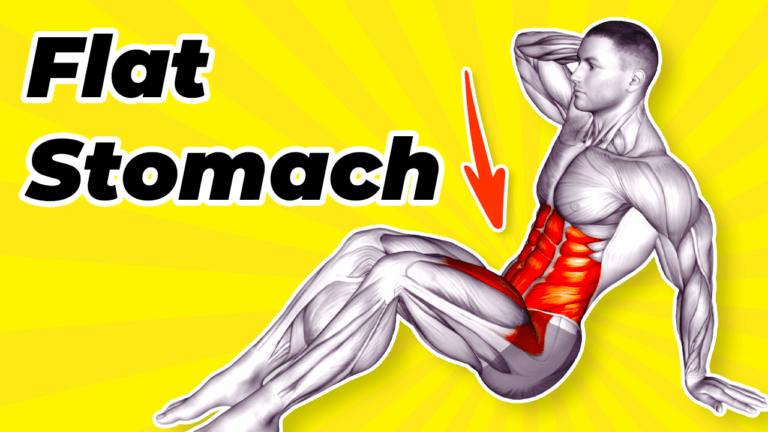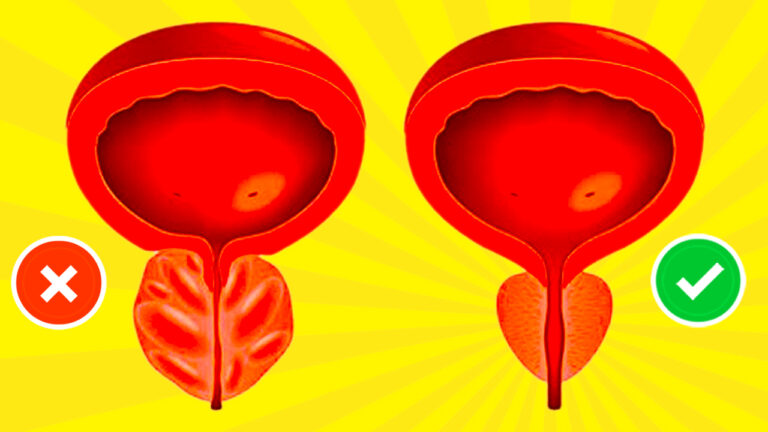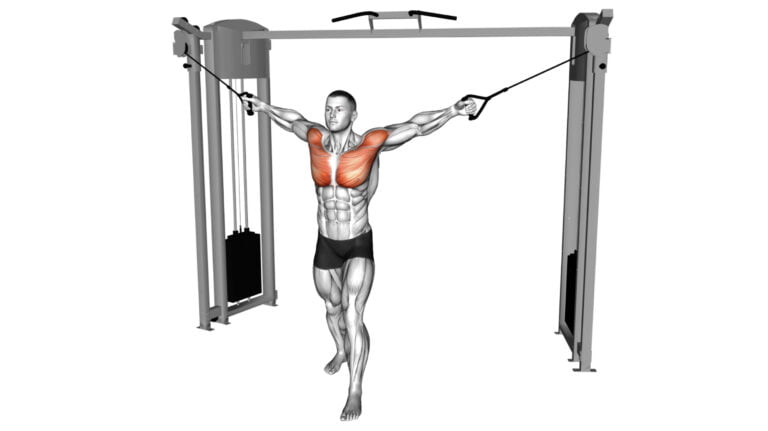6 Exercises Seniors Should Avoid: The Worst Exercises For Older Adults
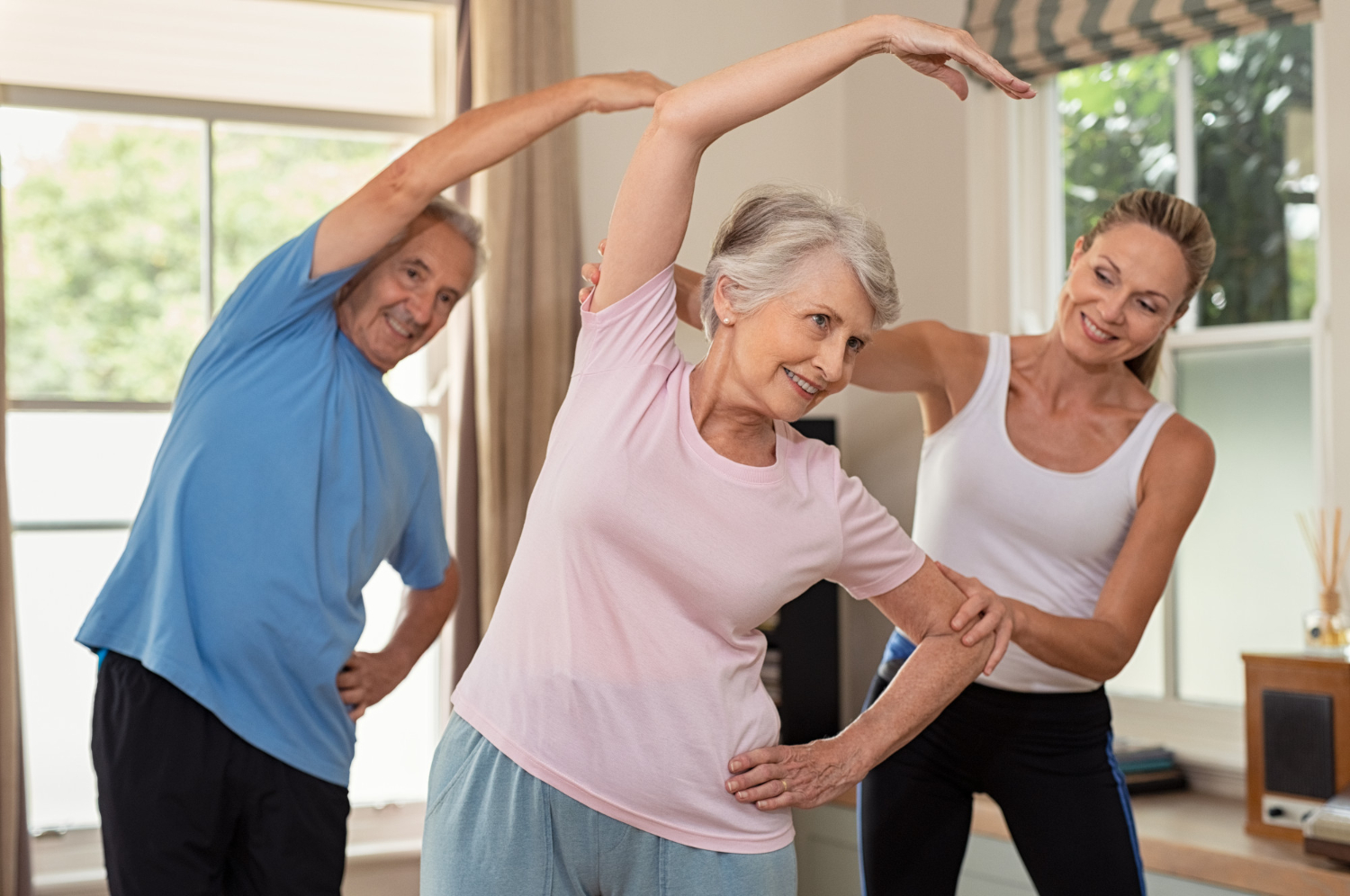
Staying active is key as we age, but not all exercises are good for us seniors. Surprisingly, some can do more harm than good. This article sheds light on exercises seniors should avoid to keep fit without risking injury or strain.
It’s vital information that could change how you view your workout routine.
With over a decade of fitness coaching and a deep understanding of sports nutrition, I’ve seen firsthand what works and what doesn’t for aging bodies. Drawing from my background in physical education and extensive experience with clients of all ages, I’m here to guide you through the pitfalls of certain popular exercises.
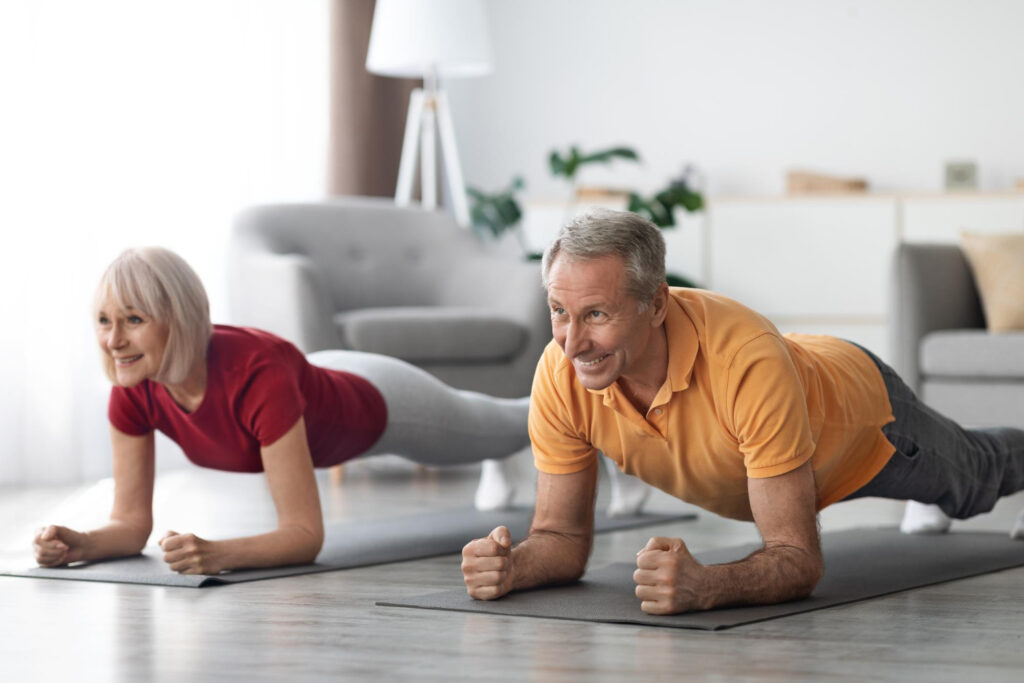
Ready to learn? Let’s ensure your fitness journey keeps you strong and safe….
Key Takeaways
- Crunches and sit – ups can harm your back, as they put a lot of pressure on the spine.
- Squats and leg presses might hurt knees and backs because they add stress to these areas.
- Running for a long time can lead to sore joints and muscles, making recovery harder for seniors.
- Deadlifts could be too tough on older adults’ lower backs and cause injury if done wrongly.
- Stair climbs may increase the risk of falls due to balance issues in seniors.
Exercises Older Adults Should Avoid
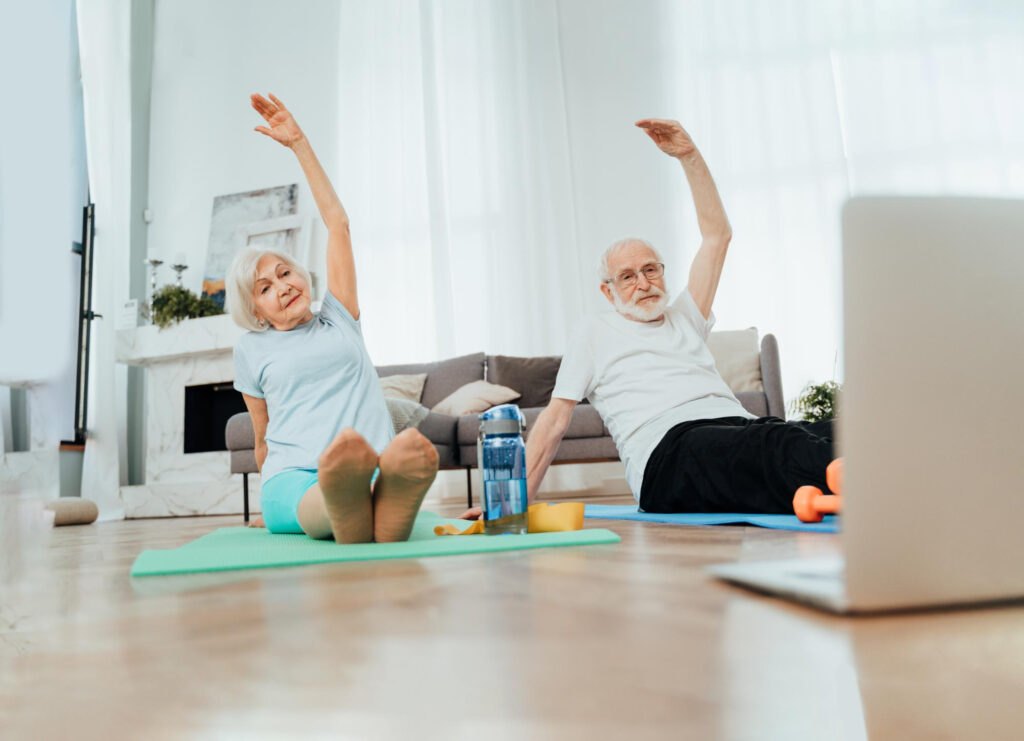
Some exercises might not be good for older adults. This list shows the exercises seniors should avoid to stay safe and healthy.
Risks of Crunches and Sit-ups
Crunches and sit-ups might seem good for getting stronger belly muscles. But, they can be tough on your back. I’ve seen many seniors struggle with pain after doing these exercises too much.
They put a lot of stress on your spine, especially in the lower back part. This happens because when you crunch or sit up, you press your spine hard against the floor.
This pressure can lead to harm to your spinal discs—those soft cushions between the bones in your back. Imagine pressing down on a jelly donut; that’s what happens to your discs during these moves.
Over time, this can cause serious damage and even lead to injuries that make moving painful or difficult. Now let’s talk about why squats may not be ideal for older adults either….
Why Squats May Harm Seniors
Squats seem like a simple exercise for most. But for seniors, they can be tricky. This move asks you to keep your back straight while bending your knees. It’s tough on the knee and hip joints.
And it puts pressure on the lower back too. Over time, this can lead to pain or injury.
I’ve seen many older adults struggle with squats in my gym classes. Some find it hard to balance. Others feel pain in their knees or back after doing them. “>Stay active, but remember, not every exercise is right for every body,” is advice I often give.
The story doesn’t end here; there are other exercises that might not suit aging bodies well either…
The Dangers of Long Runs for Aging Bodies
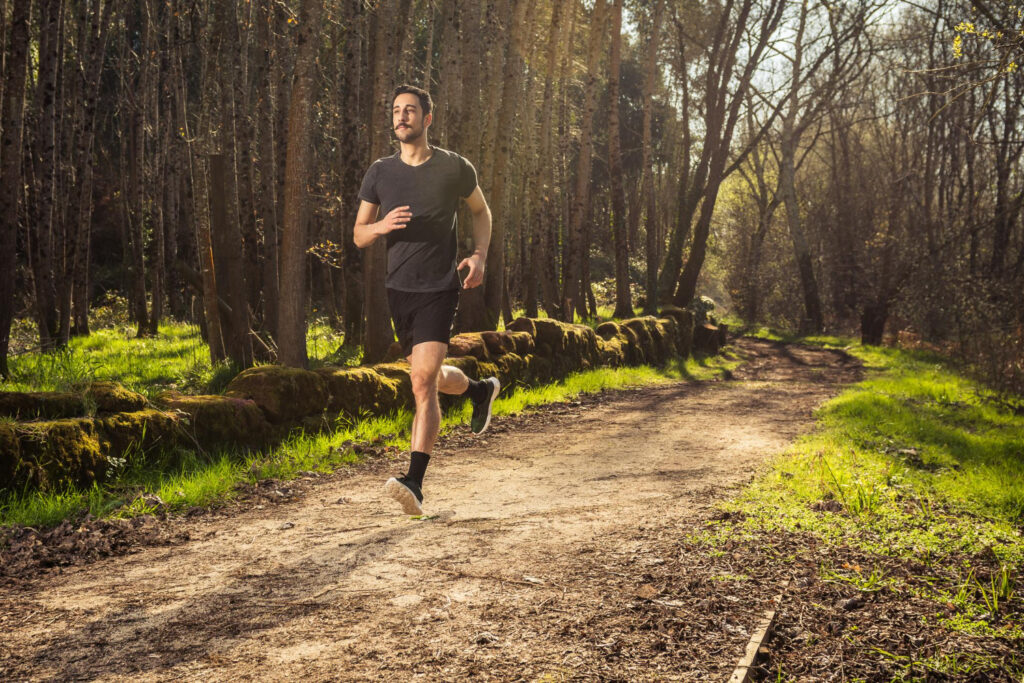
Long runs can be hard on the bodies of older adults. Running for a long time puts a lot of stress on your legs, knees, and feet. I’ve seen many seniors who love to run face problems like sore joints and muscle pain after long distances.
The impact from each step adds up. This can hurt your knee joints and leg muscles over time.
Another issue is that as we age, our recovery slows down. After a big run, it might take longer for our bodies to bounce back than when we were younger. Also, there’s a higher chance of getting injuries that keep us from staying active.
I always remind my senior friends to think about low-impact exercises instead of hitting the pavement hard with long runs. These options help you stay fit without causing damage to aging bones and tissues.
Leg Press Concerns for Older Individuals
The leg press machine puts a lot of pressure on the back, especially in the lower part. Many older adults already have weak backs or pain in this area. Pushing heavy weights can hurt the spine and knees.
It’s hard to keep good posture during this exercise. This makes it risky for seniors who want to stay safe while getting stronger.
Next, let’s talk about deadlifts and why they might not be best for older people. They require lifting a big weight off the ground. This action needs strong back muscles and good form to avoid injury.
For many seniors, picking up heavy things is already hard because of muscle loss or joint issues.
Deadlifts: Potential Risks for Seniors
Deadlifts ask you to lift a heavy weight off the ground by bending and straightening your back and knees. This exercise aims at boosting muscle strength in your lower back, hips, and legs.
Yet, for seniors, deadlifting can pose several risks. Lifting heavy weights might be too tough on aging bodies. It can cause damage to the lumbar spinal area—this part of your back needs care because it supports much of your upper body.
Doing deadlifts wrong can lead to painful injuries quickly. Seniors with years under their belt should watch out for these exercises that may harm more than help. Instead of pushing to lift big weights from the floor, older adults might want to try low-impact physical activities or strength training using resistance bands.
These options are less likely to hurt and still keep you active and strong without the high risk of falling or hurting your lumbar region while trying to maintain form lifting something too challenging off the ground.
Stair Climbs and Their Impact on Senior Health
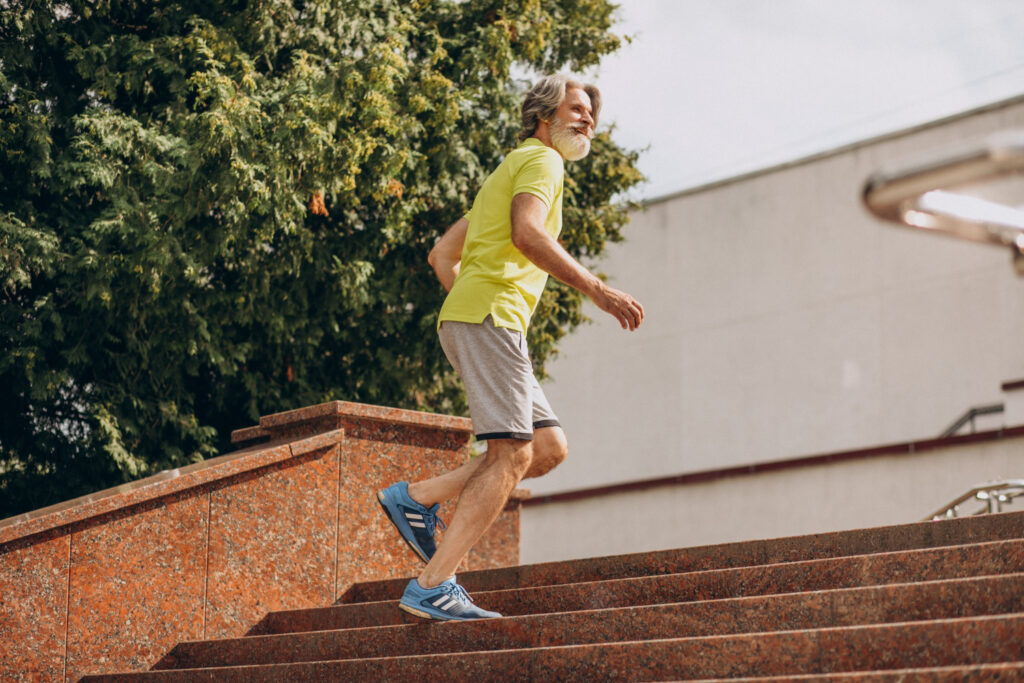
Climbing stairs might seem like a good way to stay fit. Yet, for aging adults, this form of exercise may not always be safe. It puts a lot of pressure on the knees and can lead to falls.
I’ve seen many seniors struggle with balance while trying to tackle stairs. This makes stair climbs risky.
Instead of climbing stairs, other low-impact exercises can help seniors stay active without hurting their bodies. Water aerobics and walking are great options. They keep you moving but don’t put too much stress on your joints.
Plus, they’re safer ways to keep an active lifestyle as you age.
Conclusion
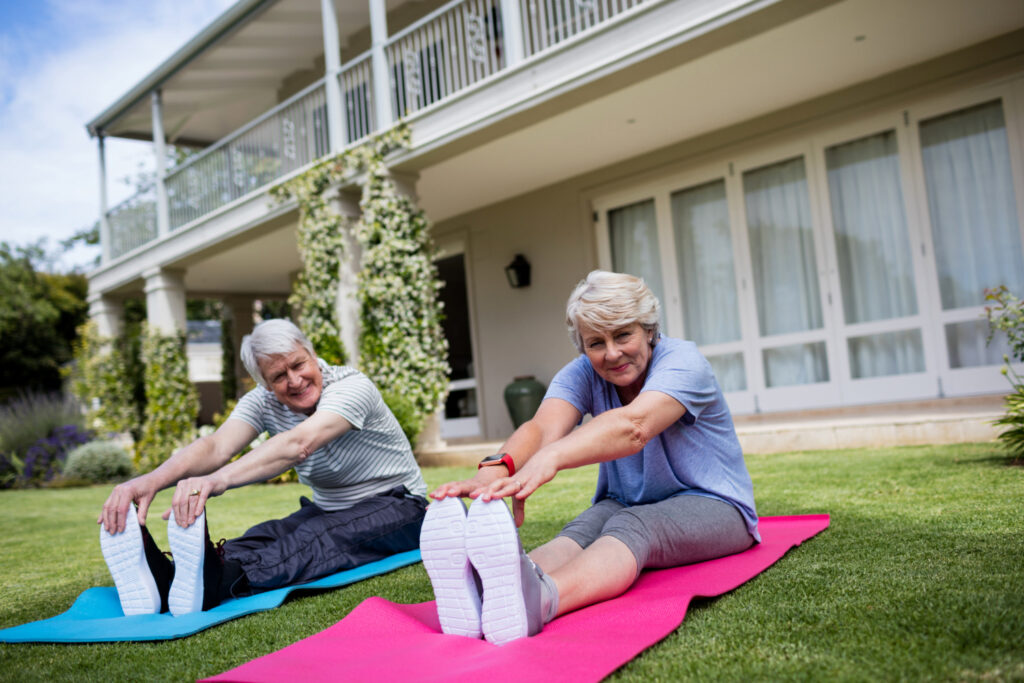
Stay safe and keep fit by skipping some exercises. Crunches, squats, long runs, leg presses, deadlifts, and stair climbs can be tough on older bodies. These can hurt instead of help.
There are better ways to stay strong without these risks. You don’t have to push hard to find them. Choosing the right exercises keeps you healthy and injury-free.
FAQs
1. What exercises should seniors avoid?
Seniors should steer clear of six main exercises: leg lifts, overhead press, dumbbell chest press, planks, any exercise that involves lifting a heavy weight off the floor quickly, and plyometric moves like box jumps.
2. Why are these exercises bad for older adults?
These workouts can be tough on seniors because they put too much stress on important parts of the body – like the lumbar spinal disc and knees. This raises the risk of injury, especially if their core strength or balance isn’t top-notch.
3. Can exercising actually hurt seniors?
Yes, if not done right. Picking exercises that push too hard or are wrong for their current fitness level can lead to injuries instead of benefits.
4. Are there safer workout options for seniors?
Absolutely! Low impact exercises that respect natural body movements and don’t strain the back or joints are best. Think about activities that keep you moving without overdoing it.
5. How often should older adults exercise?
Regularly is key – but “regular” varies from person to person depending on health and fitness levels. The goal is staying active in a safe way, so even a little bit counts!
6. Is it okay for seniors to lift weights at all?
Yes, but with caution… Using light weights and focusing on proper form over speed helps keep things safe while still building strength.

Author
Years ago, the spark of my life’s passion ignited in my mind the moment I stepped into the local gym for the first time. The inaugural bead of perspiration, the initial endeavor, the very first surge of endorphins, and a sense of pride that washed over me post-workout marked the beginning of my deep-seated interest in strength sports, fitness, and sports nutrition. This very curiosity blossomed rapidly into a profound fascination, propelling me to earn a Master’s degree in Physical Education from the Academy of Physical Education in Krakow, followed by a Sports Manager diploma from the Jagiellonian University. My journey of growth led me to gain more specialized qualifications, such as being a certified personal trainer with a focus on sports dietetics, a lifeguard, and an instructor for wellness and corrective gymnastics. Theoretical knowledge paired seamlessly with practical experience, reinforcing my belief that the transformation of individuals under my guidance was also a reflection of my personal growth. This belief holds true even today. Each day, I strive to push the boundaries and explore new realms. These realms gently elevate me to greater heights. The unique combination of passion for my field and the continuous quest for growth fuels my drive to break new ground.





